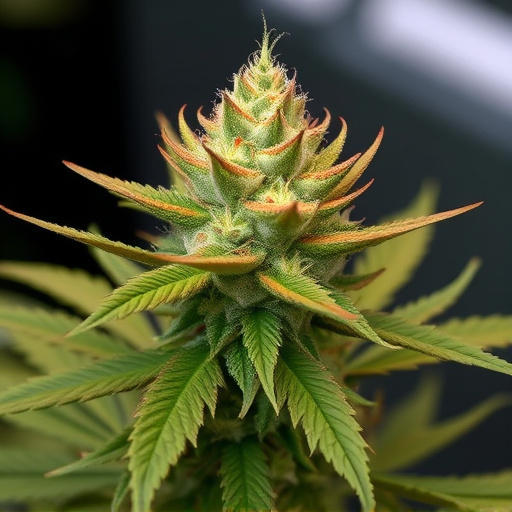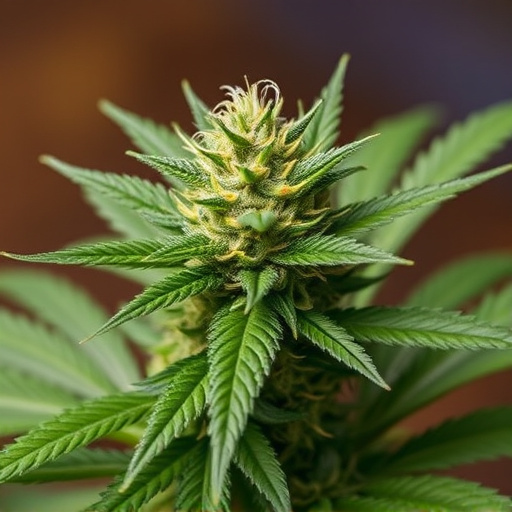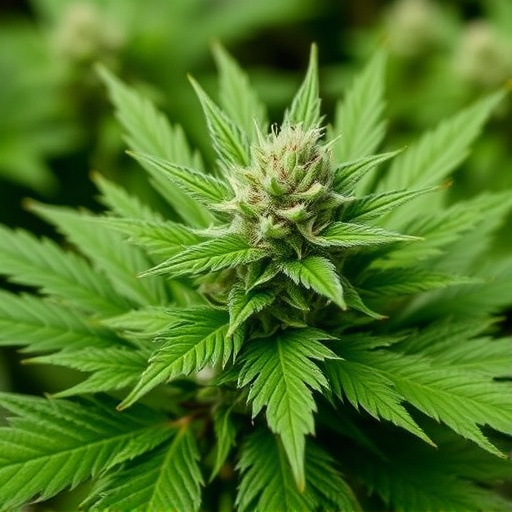Identifying the most effective cannabis strain for pain relief hinges on understanding the unique combinations of cannabinoids and terpenes. Indica strains alleviate insomnia and muscle aches, while Sativa varieties help neuropathic pain and depression. Choosing the right strain depends on personal preference and specific pain conditions. Best practices for storage and preparation, such as grinding or decarboxylation, ensure potency and quality. High-CBD, low-THC strains like Blue Dream or Charlotte's Web offer anti-inflammatory benefits. Microdosing, edibles, and topical creams provide precise control over effects. Combining cannabis with other therapies enables personalized pain management.
Looking to maximize your pain relief with cannabis? Discover how to fix dry cannabis and unlock a better experience. This comprehensive guide explores identifying and selecting the best cannabis strains for pain, along with powerful techniques to restore and optimize your herb. Learn effective consumption tips tailored for pain management, ensuring you harness the full potential of this natural remedy.
- Identifying and Selecting the Best Cannabis Strains for Pain Relief
- Techniques to Restore Dry Cannabis: From Storage to Optimization
- Enhancing Your Experience: Tips for Effective Cannabis Consumption for Pain Management
Identifying and Selecting the Best Cannabis Strains for Pain Relief
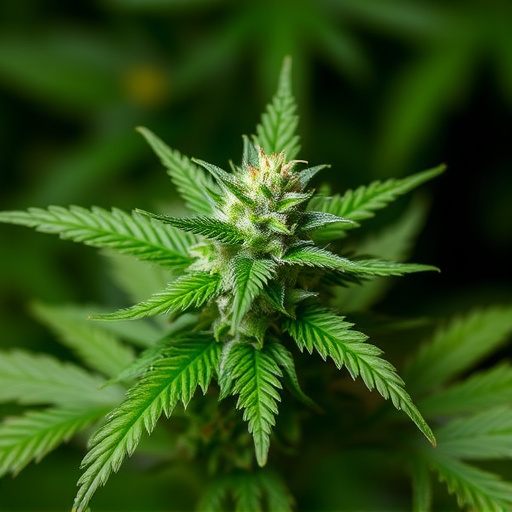
When it comes to cannabis for pain relief, identifying the right strain is paramount. Different cannabis strains offer unique combinations of cannabinoids and terpenes, which determine their effectiveness in alleviating various types of pain. For instance, Indica strains are often preferred for their sedating effects, making them suitable for treating insomnia and chronic muscle aches associated with pain. On the other hand, Sativa varieties are known for their uplifting and energizing properties, which can be beneficial for managing neuropathic pain and depression.
Selecting the best cannabis strains for pain involves considering not just the strain type but also individual preferences and specific pain conditions. Researching different strains and their effects, along with consulting with a knowledgeable budtender, can help guide your choice. Look for strains known for their high CBD content, as these often provide more balanced effects, including potent pain relief without an intense intoxicating experience.
Techniques to Restore Dry Cannabis: From Storage to Optimization
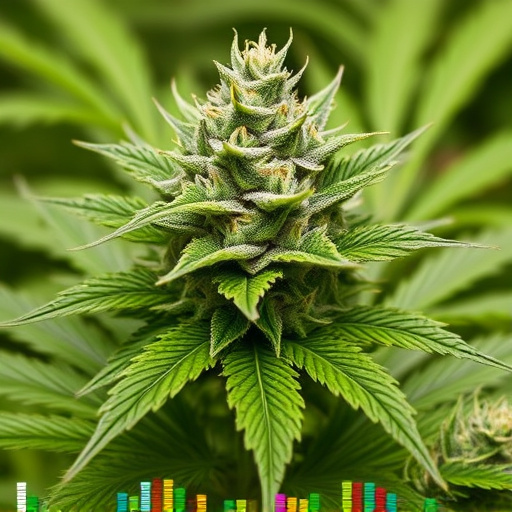
Many dry cannabis users, especially those seeking the best cannabis strains for pain relief, may encounter issues with their herb’s potency and quality over time. Proper storage is key to preserving the integrity of your cannabis, but even with ideal conditions, some techniques can help restore a dull or stale batch. One effective method is to gently grind or decarboxylate your dry cannabis again; this process can re-infuse some of the lost compounds, enhancing aroma and potency.
Additionally, consider using a vacuum seal bag or an airtight container to minimize exposure to oxygen, moisture, and light—all of which contribute to degradation. By optimizing storage practices and employing simple restoration techniques, users can enjoy a more potent and flavorful experience, especially when looking for the best cannabis strains for pain management.
Enhancing Your Experience: Tips for Effective Cannabis Consumption for Pain Management
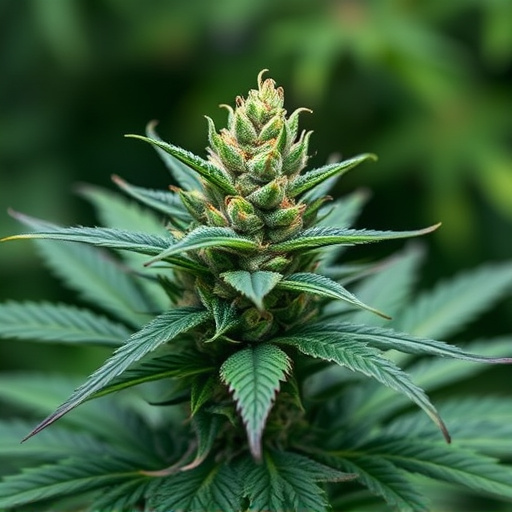
Enhancing Your Experience: Tips for Effective Cannabis Consumption for Pain Management
When using cannabis for pain management, understanding how different strains and consumption methods can impact your experience is crucial. The best cannabis strains for pain are often those with high CBD (cannabidiol) content and lower THC (tetrahydrocannabinol), as CBD is known for its anti-inflammatory and analgesic properties. Strains like Blue Dream, Charlotte’s Web, and AC/DC are popular choices due to their balanced profiles.
Effective consumption tips include microdosing—taking very small amounts initially to gauge your tolerance—and using alternative methods like edibles or topical creams, which can provide longer-lasting, more controlled effects compared to smoking. Incorporating cannabis into your routine alongside other therapies can offer comprehensive pain relief. Remember, everyone’s experience is unique, so experimentation and consultation with a healthcare professional are key to finding the best approach for you.
Dry cannabis can significantly impact your pain management experience, but with the right techniques and knowledge about the best cannabis strains for pain, you can optimize relief. By selecting suitable strains, implementing proper storage methods, and exploring different consumption strategies, you can enhance overall effectiveness. Remember to tailor these practices to your specific needs, ensuring a more satisfying and successful journey towards managing chronic pain.
